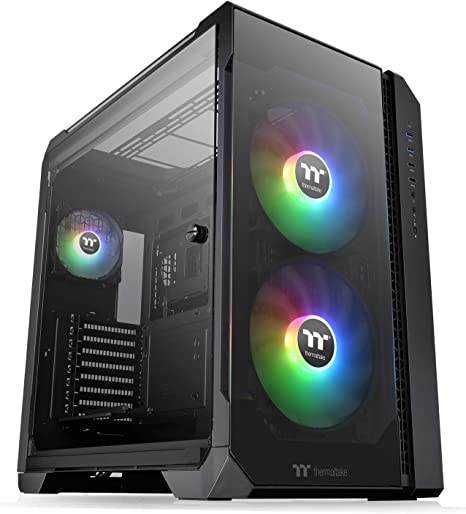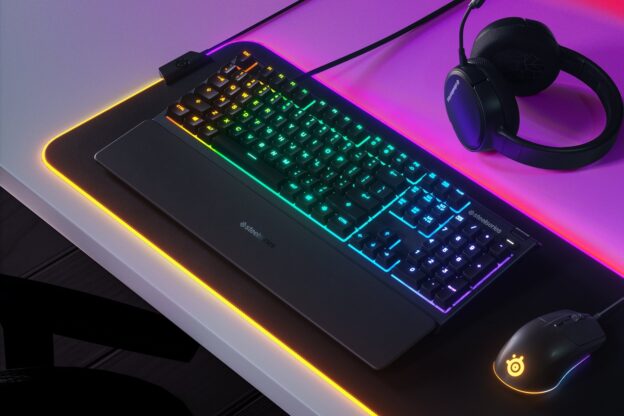Cable management inside your PC really is super exciting to think about right? Well, for most of us, not really. Although it might not be the most interesting thing to think about, there are quite a few reasons why you should take the time to manage your PC cables well. Whether you are managing cables for a personal PC, gaming PC, or even a server setup, cable management can benefit you in many ways. Let’s start by looking at the reasons why you should implement good cable management.
Benefits of Cable Management
Better Airflow and Cooling
First of all, if you manage your cables well, you will really improve the cooling inside your PC. This is especially good if you own a gaming computer or even a server. By bunching up your cables, they take up less space and really allow for much better airflow. To go along with this, by managing your cables correctly, you can really cut down on the chances of a cable slipping into a cooling fan. This will keep the fan running at max efficiency while also keep your cables from becoming damaged.
Easier to Work Around
Imagine you want to add more memory to your existing computer. However, you have so many cables in the way that you feel like you need a shovel to get to the motherboard. Many of us have been in this situation at some point. However, with solid cable management, it is much easier to work inside your case. If you are someone who likes to upgrade or add parts to your computer often, this can be a big time and frustration saver. Combine great cable management with a full size ATX case, and you are all set!
Better Organization and Looks
If this matters to you, a case with solid cable management will look much better and be better organized. This can be particularly important for anyone who runs servers or PCs that might be seen by other people outside your business. A well-organized server setup can really give someone the idea that your overall business is well organized as well. Having a better organized PC ties in with my above point as well of the PC being easier to work with.
Cable Management Tips
Now that you are set on managing your cables well, how do you go about doing this? Well, a solid cable management setup doesn’t need to be as hard as it seems. First, I would recommend finding or purchasing a few simple Cable Ties and some Electrical Tape. It is also beneficial to have a screwdriver handy when doing the initial setup. One last thing I want to state up front is to make sure to turn off and unplug your PC before getting inside your case to mess with the cables. This is for safety and as a rule of thumb it is always a good idea to unplug your PC from the wall before digging inside it.
Now that you have a few tools ready to go, you can start with cables that are going from and to similar places and then group them together. For example, the wires going from the PSU (Power supply) to the hard drive and optical drives can most likely be tied together with a twist tie. The same goes for CPU and motherboard power cables as well. The overall key is that you are preventing any cables from bulging out. You really want to try to group as many cables together as possible. Also, one more thing you want to attack is excessively long cables. You can use the ties and tape to find out-of-the-way places inside your case to “tie off” these cables. You might be tempted to cut off the industrial labels to make it look neater, but I would advise against this in case there are any issues with your cables, or the label might provide important warning information. One last thing I want to point out is that you may need to go backwards in order to move forwards in a few cases. For example, if your current cables are all knotted and entangled together, it is probably beneficial to unplug a few cables in order to take care of this problem before trying to group similar cables and tie off long cables. This may seem like a hassle, but it will really make for better cable management in the long run.
Overall, good cable management is not an exact science. However, with a little common sense, you can achieve a setup that works for you. Do you have any tips for effective cable management? Let me know in the comments!
#mc_embed_signup{background:#fff; clear:left; font:14px Helvetica,Arial,sans-serif; }
/* Add your own MailChimp form style overrides in your site stylesheet or in this style block.
We recommend moving this block and the preceding CSS link to the HEAD of your HTML file. */
Stay up to date with the Latest Tech Tips, Hardware Guides, and our Exclusive Giveaways!
(Don't worry, we won't spam you)





